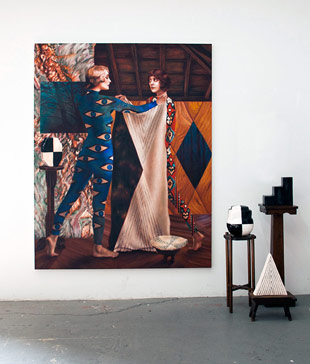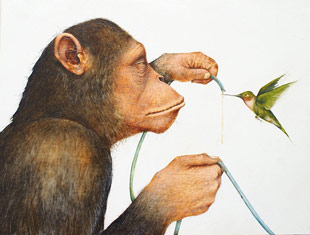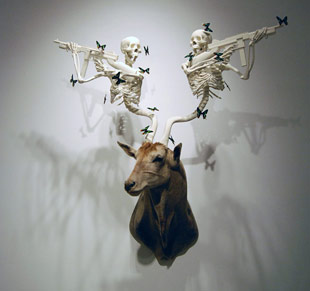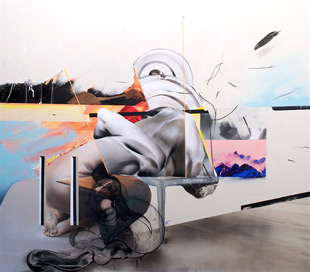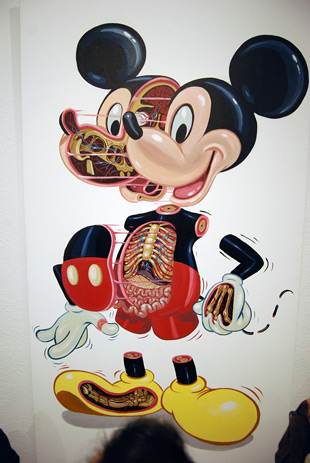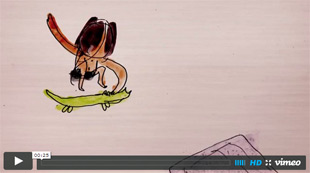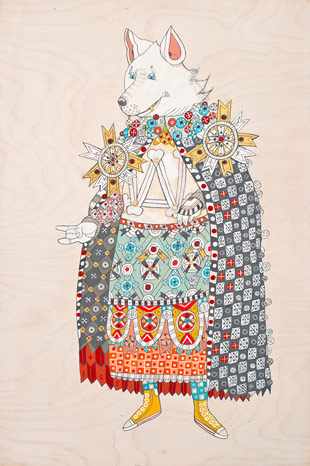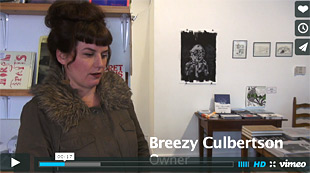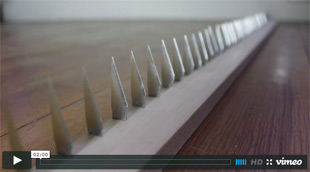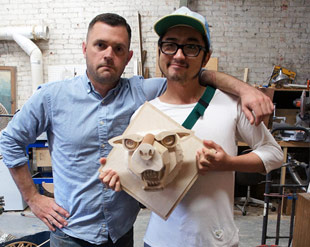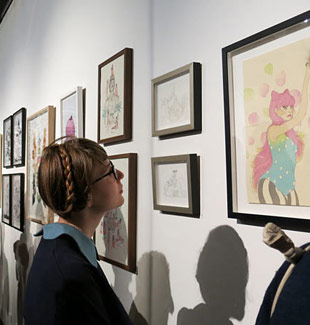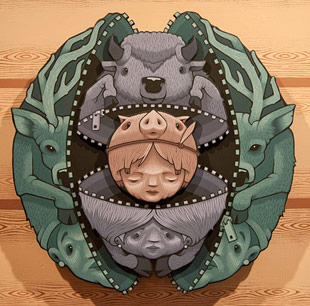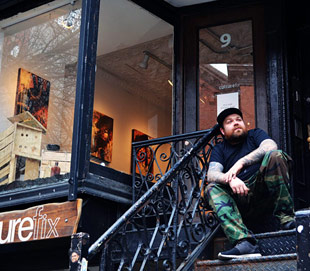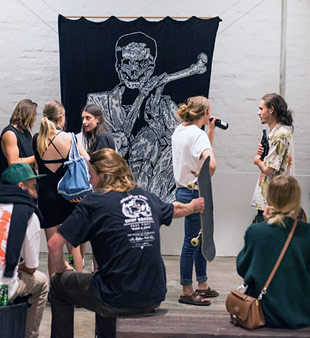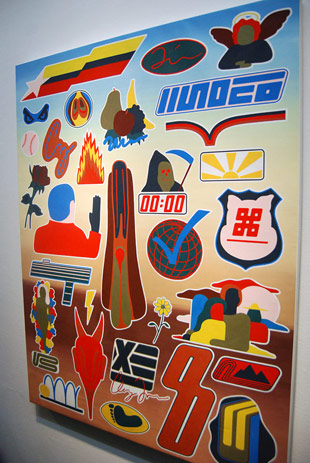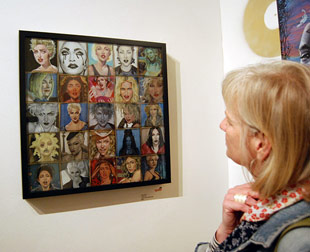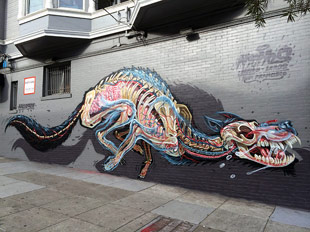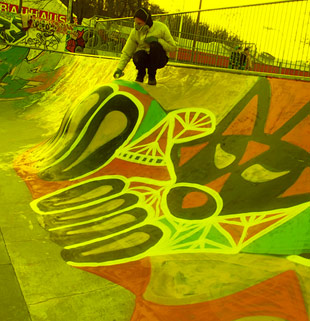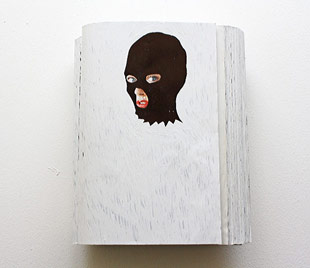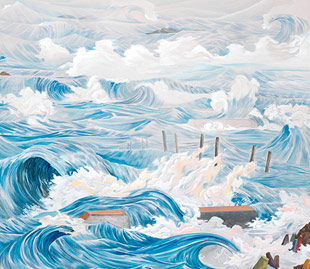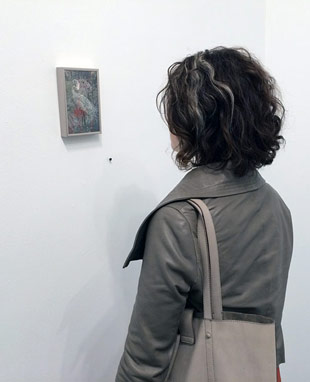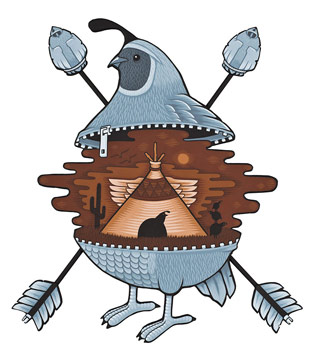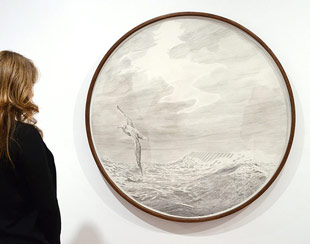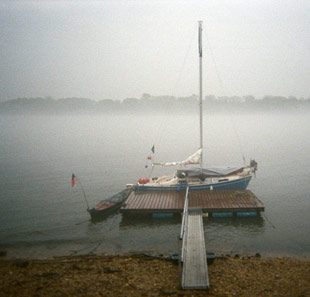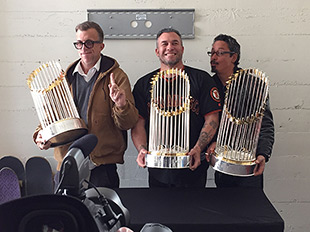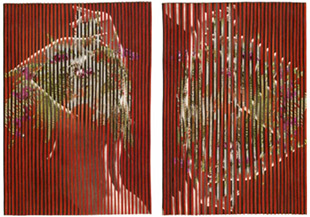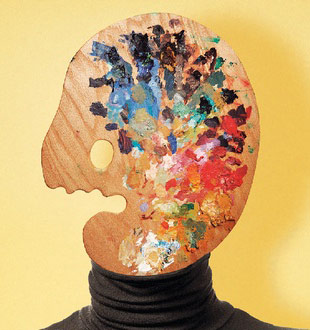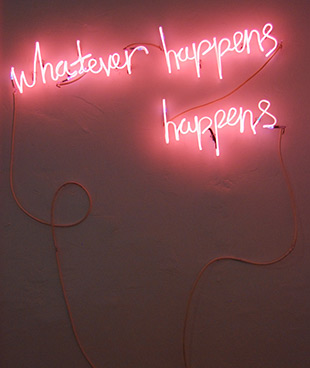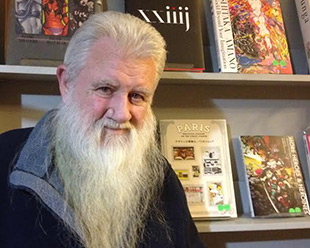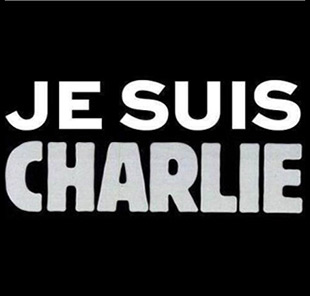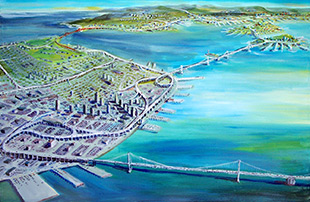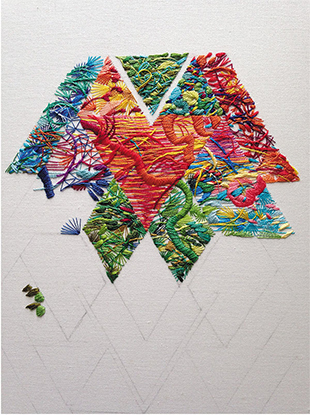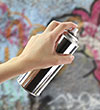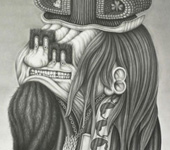 This guy has not only rocked America's finest galleries from P.S.1 to Cohan and Leslie, and all over Chicago. He has also landed himself in the freshest art book to date (in my opinion) Vitamin D and even better, he is currently working on his best drawing ever.
This guy has not only rocked America's finest galleries from P.S.1 to Cohan and Leslie, and all over Chicago. He has also landed himself in the freshest art book to date (in my opinion) Vitamin D and even better, he is currently working on his best drawing ever.
This guy has not only rocked America's finest galleries from P.S.1 to Cohan and Leslie, and all over Chicago. He has also landed himself in the freshest art book to date (in my opinion) Vitamin D and even better, he is currently working on his best drawing ever.
I grew up in Grand Rapids, Michigan in the 70's, in the midst of a recession. Back then, my friends and I would wander around downtown, through all these empty modernist plazas and parking lots. I remember having an uncanny feeling in those cold, abstract spaces. It felt a little like a being in a De Chiricho painting. Since us kids were virtually the only people around, there was a strange sense of possession and identification amidst all the alienation. It must've stuck with me, seeing the way that my work has developed and why architecture has been important to me. After a youth of wandering around Grand Rapids I went to Hope College and then moved to Minneapolis. One winter there was enough for me, so after that I went to the University of Illinois at Urbana-Champaign, where I got my M.F.A. Then, in 1997, I moved to New York.

Regarding the scale- it's a way to make a monumental work. But there is something paradoxical in it, since these monuments can only exist on paper. The drawing resides in an ambiguity, between physical and conceptual worlds. The scale creates a tension. Architecture that typically towers over us is shrunken down to human proportions. So in a way the drawings are big and small at the same time.
I'm not really daunted by blank paper. I do a lot of prep work before I start so I usually have a good idea of which direction I want to go in. Maybe it is my mathematical or sculptural background, but I really think concretely about what I'm going to do before beginning. I admire people who can just go off on blank paper; personally I don't think that way. After planning I usually sketch a structural framework on the paper to give me guides to work and play with.

I used to work on the wall standing, but that became too exhausting. I was heading straight for Carpal Tunnel. Now I use an adjustable drawing table that I built. My best sculpture to date!
I've always liked the lightness of drawing. However complex, intricate, and large the drawings get they can never escape the fact that they are still on paper. For me, the material offsets the scale and monumentality of the image.
Honestly, I've never really thought or been interested in color. I swear I dream in black and white, so, to me, this lack of color represents a more internal process. In a way the neutrality gives the work a coolness as well as a distance from the very colorful and dynamic media that it's culled from.

It is tough, but probably not as tough as resolving an abstract painting. I usually have a concept and an overall structure that I start with, but things change and develop through the process as I layer and combine more elements. In general I'm satisfied with a drawing once there is a certain energy or unsettledness in the image.
Usually I'm most excited about whatever I'm currently working on. I don't think I could finish a piece, if I that wasn't the case. My view of that piece may change over time, but I really don't know if the work itself changes qualitatively. I'd like to think that all my works are in a dialogue together, and the conversation just gets fuller as more pieces enter the discussion.

I like the phrase, but I think of my work as being immediate, so would that be post? Maybe it is more present, more now. Present everything? I mean present in the sense that I'm bringing together all of these related, but somehow disparate, elements from our contemporary culture and combining them into aberrant constructions. In a way I'm trying to understand and give form to our boundless mediated culture.
For the buildings, I typically start by collecting logos and graphics from related societal or cultural sources. By combining the logos and giving them depth I'm able to create structures that represent a collective space. In the U.S. I'm not sure that we really build monuments any more, but in a way popular culture is the great ephemeral American monument. I'm interested in giving form to that.
The portraits were created in a similar process to the architecture, but instead of creating structures that represented a social body, I turned it inward. I was interested in how the logos both formed and deformed the individual.

I don't know if there is a narrative per se, but there is a correlation between the type of character and how that character was built. Each character is an amalgamation of graphics from certain types of institutions that are prevalent today and that affect our daily lives. For example, by combining medical and pharmaceutical graphics I created the portrait "The Happy Accident" which reads as a patient wrapped in gauze.

Artists that had a big influence on me and that I'm big fans of are Jim Shaw, Pieter Bruegel, Albrecht Durer, Piranesi, James Ensor, Ivan Albright, Ed Ruscha, Richard Artschwager, and Fischli and Weiss. I recently saw "Even Dwarfs Started Small" by Werner Herzog. It was possibly one of the most disturbing and enthralling movies I've seen. I couldn't look away. It was in black and white too. I've been making my way through the complete set of "Kids in the Hall" which is hilarious. It makes me want to move to Canada. George Saunders, Steven Millhauser, are authors I like a lot and feel I have some kinship with. The Weakerthans song "Virtute the Cat Explains Her Departure" has been playing a lot in my kitchen.
I've just started a new drawing tentatively called "USA Today" which I'm excited about. I've always been fascinated by that publication and this drawing is based on it. This is it. The one. Best ever.

cohanandleslie.com/
amazon.com/Vitamin-D-Perspectives-Drawing-Themes/dp/0714845450
{moscomment}
| < Prev | Next > |
|---|


